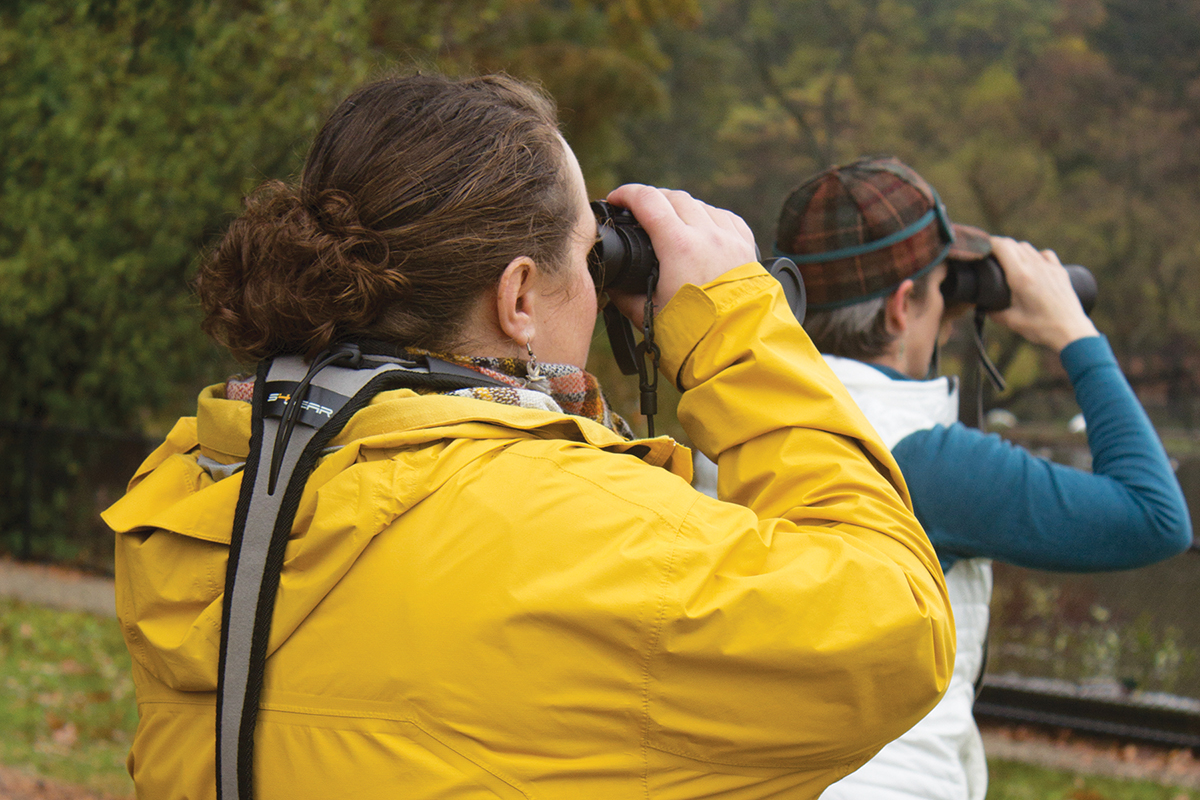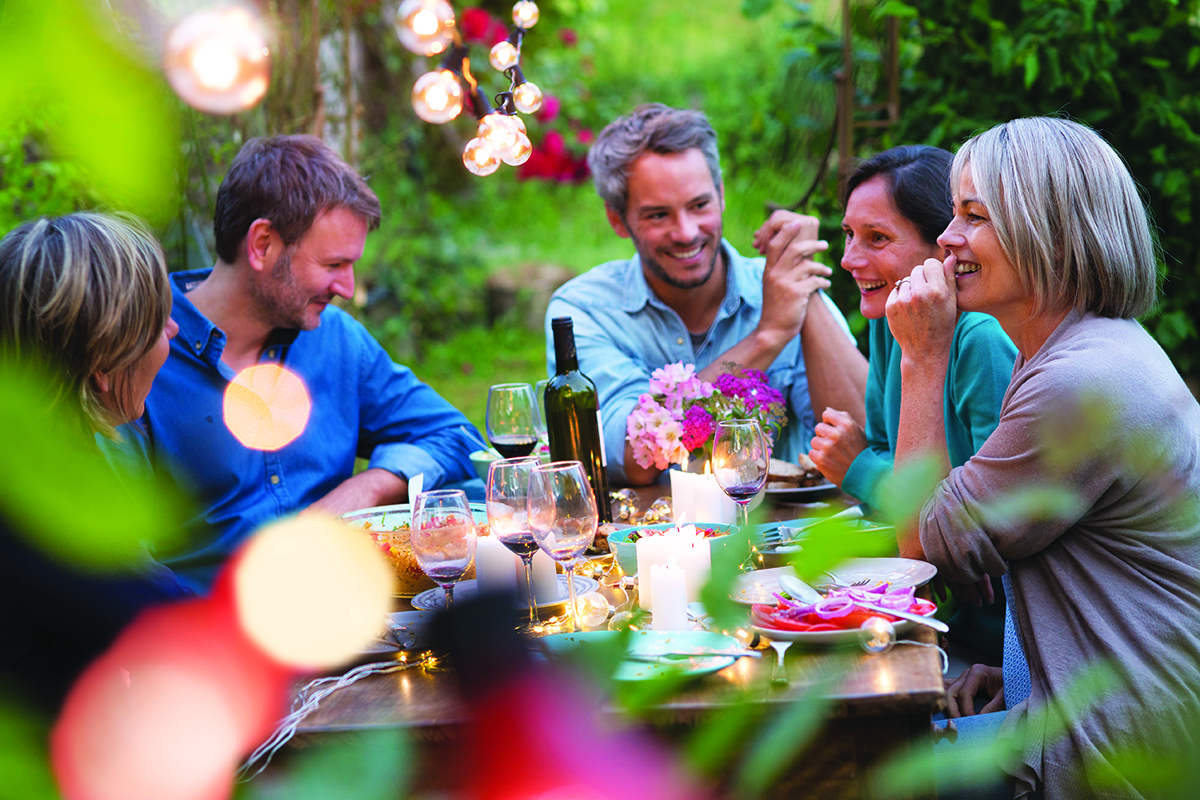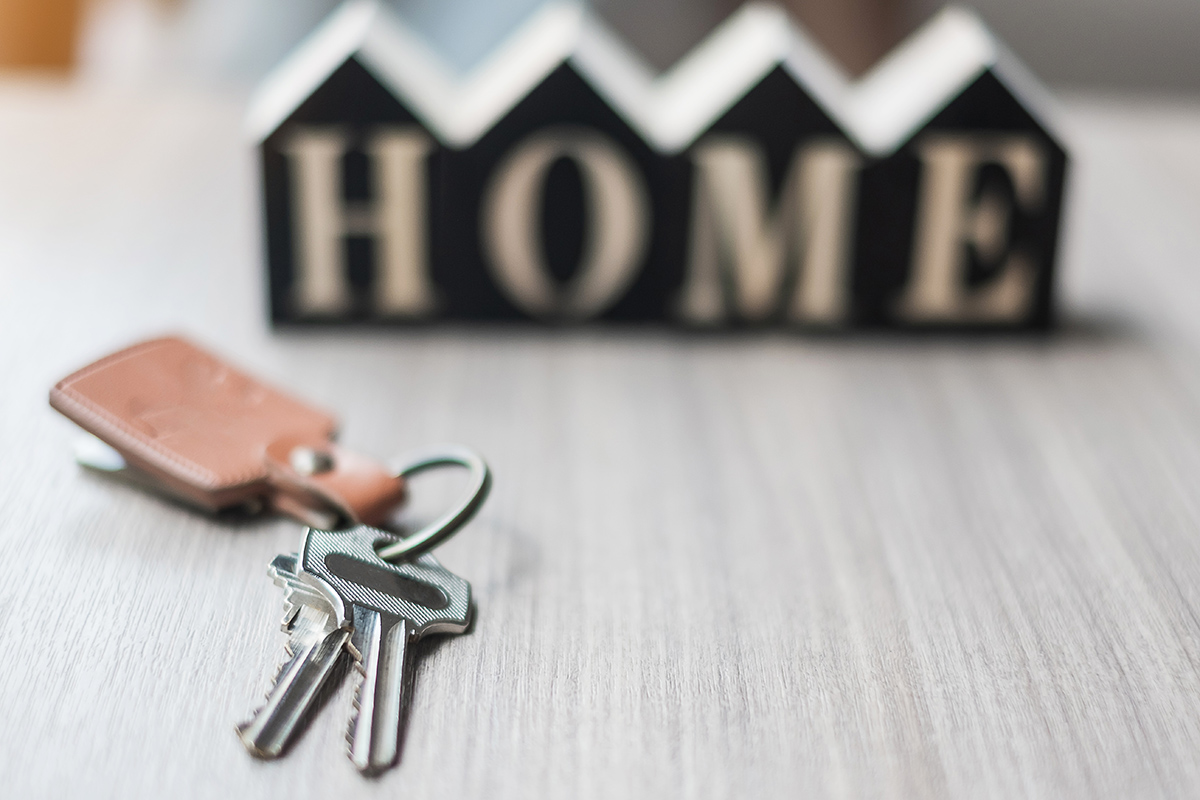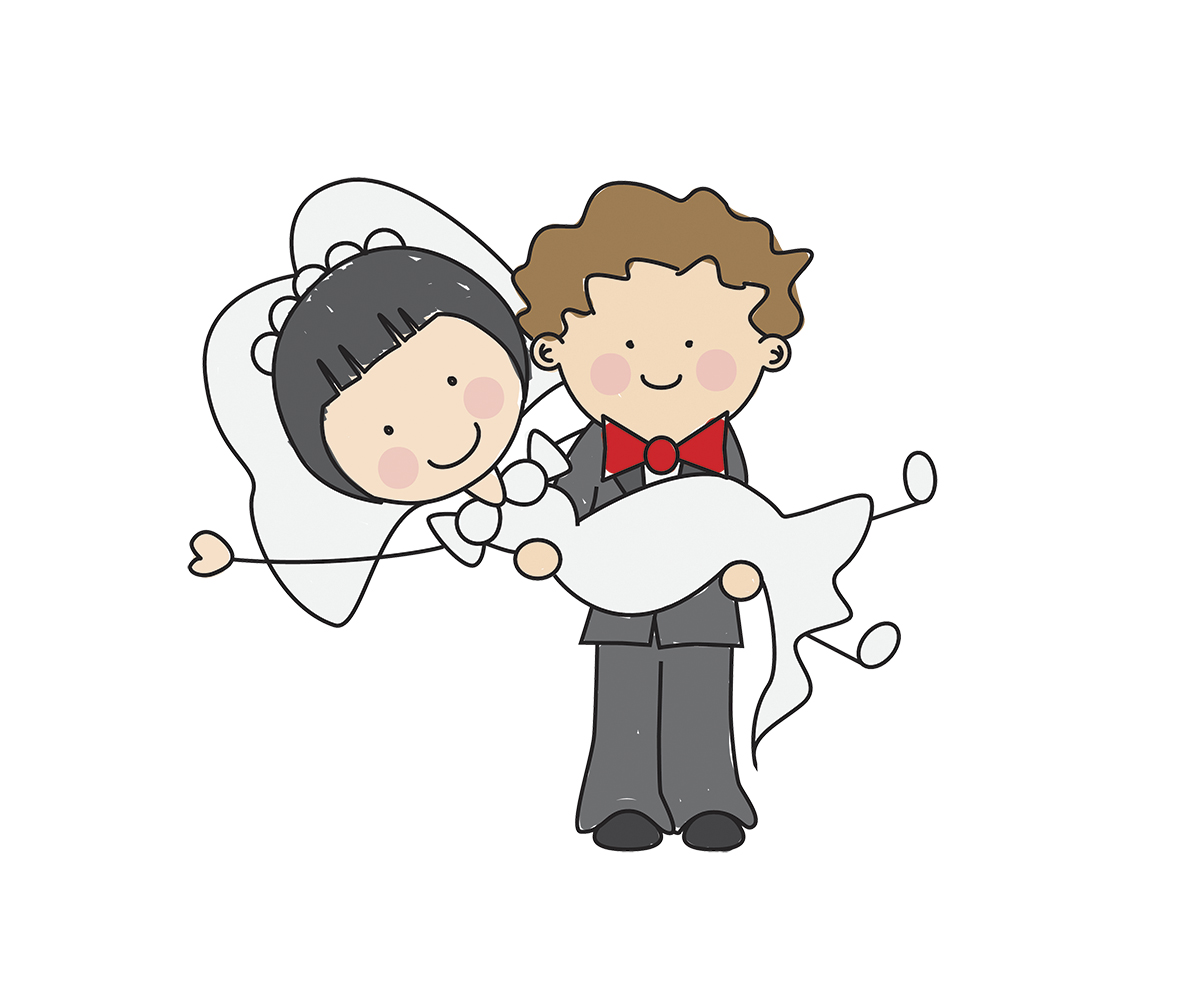WRITER | JULIE FORD
PHOTO| TIFFANY GREENFIELD, W.K. KELLOG BIRD SANCTUARY
Grab the binoculars, slide into muck boots, and head to Michigan’s birding hot spots! It’s time to welcome thousands of feathered friends back home from their winter retreats.
Using data from weather radar stations across the continental US, researchers from the Cornell Lab of Ornithology estimate 3.5 billion birds cross into the US from tropical wintering locations each year. In spring 2018, the Lab launched new interpretive tools on its birdcast.info forecasting website to track bird migration in real time. This means the BirdCast radar technology is tracking 200 to 420 million birds per night at peak migration heading north through the night skies, and anyone can access the online maps to monitor the activity.
Yes, night skies. Many birds migrate at night, and scientists are fairly certain of the reasons: cooler nighttime temperatures keep birds from overheating, the moon and stars aid in navigation, the atmosphere is more stable at night, and they’re less likely to be eaten by daytime predators.
While BirdCast doesn’t yet offer species-specific migration information, the Lab’s ebird.org site does. Citizen scientists — people around the world with an interest in birds — have enrolled in eBird to report bird sightings. Think of it as an online journal for one’s own bird watching plus the best of every bird book all on one site. It’s free, easy to use, and helpful for identifying and understanding the more than 100 million bird species reported each year on the site. To maintain accurate data, a bird expert verifies each bird sighting entry so that both birders and researchers can be confident of the data.
Wondering when hummingbirds will arrive? Go to ebird.org, click Explore eBird Status and Trends, type “ruby-throated hummingbird,” and click on the Abundance animation map to see that around May 2, citizen scientists document sightings of the mitten state’s only regularly occurring hummingbird as it enters Michigan from Ohio. The same can be done with more than 100 other species, and many are found in Michigan.
To experience birding, monitor local chapters of the National Audubon Society, nature centers, bird sanctuaries, and michigan.gov for spring birding events and birding trail information. Birding is an activity for all ages – proper clothing for the weather, and a means to identify and document observations are all that’s necessary to get started.
“You don’t need a spotting scope to start with – you can just use your eyes and ears,” says Lisa Duke, sanctuary manager for Michigan State University’s W. K. Kellogg Biological Station Bird Sanctuary in Augusta. “The tool that I use is a pair of 8×42 binoculars. Everybody is a little bit different with what they are comfortable with, and you don’t have to spend a lot of money.”
Whether birds observed in spring are year-round residents, returning, or passing through to Canada, humans can lend a helping hand in several ways:
- Keep feeders clean by removing all food matter before scrubbing in hot soapy water. Rinse out all soap and then soak in a 10 percent bleach solution for 10 minutes. Allow to thoroughly dry before refilling. Feeders should be cleaned every two weeks, or more often in damp weather. To cut down on drying time, rotate two sets of feeders. Keep one set clean, dry, and ready to be filled while the other set is washed.
- Clean hummingbird feeders with hot water and brushes (no soap or bleach) every few days, or more frequently in the hottest weather as sugar water molds quickly. Feed four parts water to one part sugar and skip the red dye.
- Provide natural nesting material (not from a store) – cattails, dead leaves, lichen, dead twigs, moss, dried grass (no pesticides), pine needles, bark strips, and feathers are what birds look for. Spiderwebs are the super glue of nest building for some birds so try not to knock them all off the house. Do not place yarn, string, sisal, twine, or pet fur around the yard as these can get wrapped around legs. Dryer lint is useless – it starts out fuzzy, but the elements make it matted and crumbly.
- Keep cats out of the yard – they can kill more than 50 birds per year.
- Keep bird baths cleaned and filled with fresh water.
- Maintain a pesticide-free yard.
“Birding is a really fun hobby that isn’t very expensive,” says Duke. “You can do this in your own backyard, it’s easy to get outside, and a constant treasure hunt of identifying that little thing moving in the distance!”
Birding Etiquette
American Birding Association Code of Ethics
listing.aba.org/ethics/
- Do not use recorded bird calls during breeding season (end of April – July 15)
- Keep pets on a leash or leave them at home
- Wear quiet clothing
- Talk softly
- Turn off the cell phone
- Move quietly
- Stay on the trails
- Do not use any lasers for pointing
- Do not approach bird nests under any circumstances
Birding Equipment
- Layered clothing for the weather
- Footwear for hiking a variety of terrain and conditions
- Binoculars or scope with tripod
- Insect repellant
- Water
- Waterproof field notebook and writing instrument
For spring birding events around Michigan, visit these sites:
MackinawRaptorFest.org
WoodpeckerFest.webs.com
MichiganAudubon.org
AusableValleyAudubon.com








